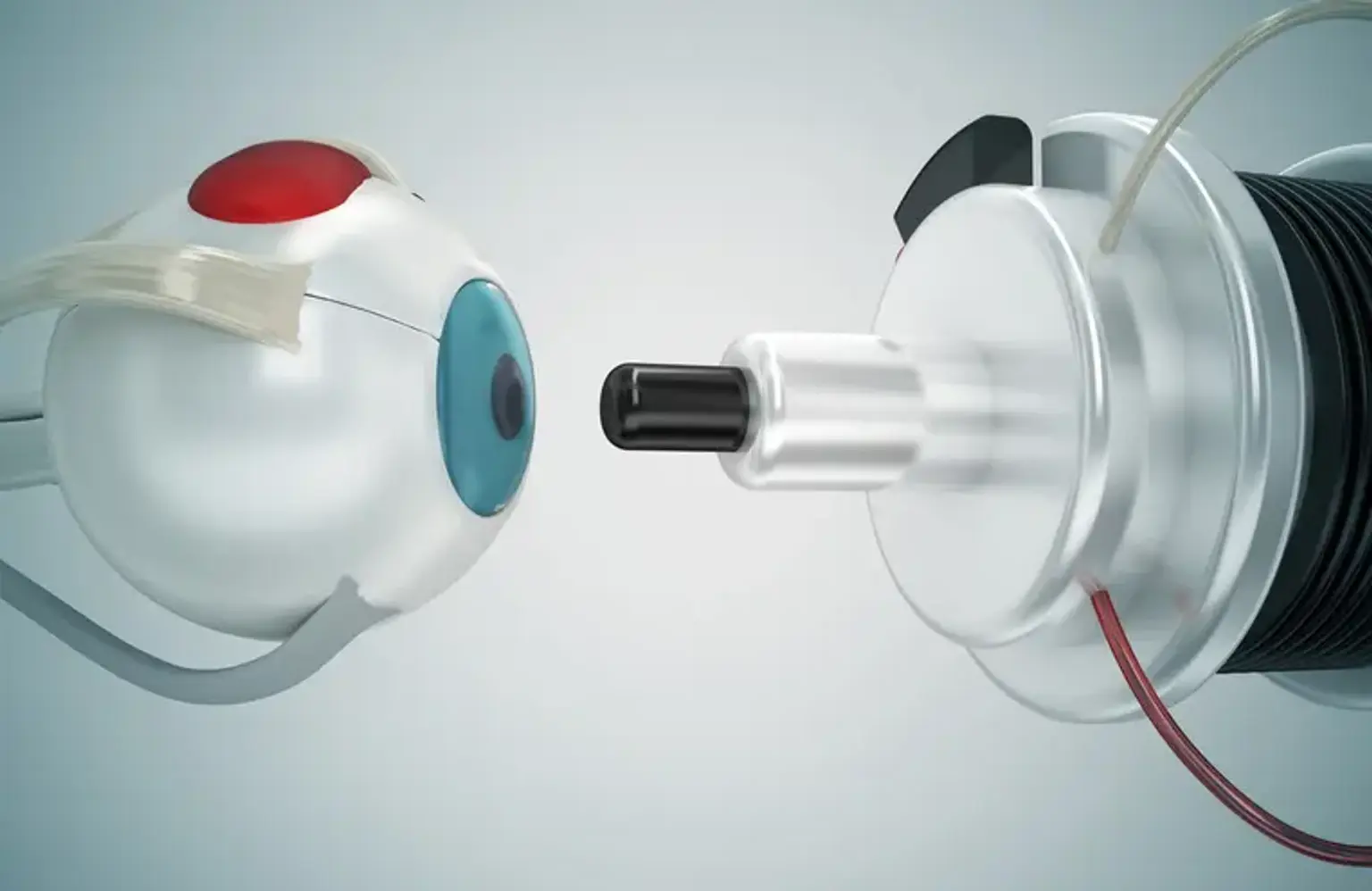Oculoplastic Surgery
Typically, when people hear the term eye surgery, they think of vision correction procedures done solely on the eye. However, some medical issues and cosmetic procedures necessitate the expertise of an oculoplastic surgeon because of their specialized nature. Oculoplastic surgery focuses on the eyelid, eye orbit, and tear ducts specifically for either reconstructive or corrective surgery. Numerous medical professionals worldwide have training in both reconstructive and cosmetic oculoplastic surgery, and they are happy to use their skills to give patients great hope.
